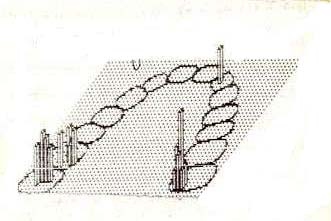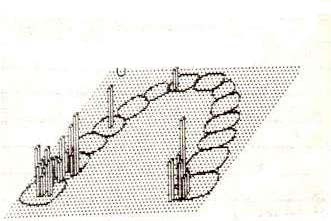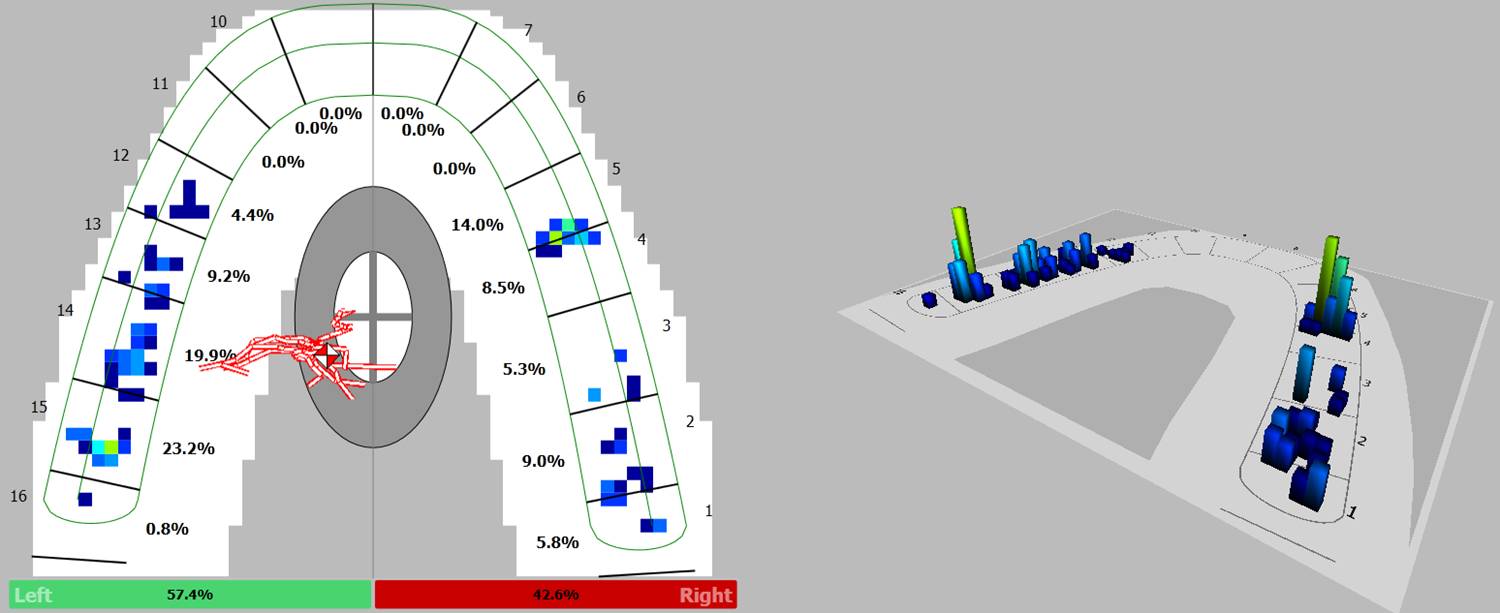Much of what we call ‘intelligence’ is our ability to recognize patterns.

Digital Occlusion is the study of force engagement when the mandible is engaged or stopped at a border position. Force is transferred and at some point in time the force reverses from a “landing” to a “take off” position. The computer tells us when that exact point in time occurs, it measures it with force sensels, and then stores a recording for us to analyze.
The Point/ Intensity force scans:
• Introduce patients to the T-Scan.
• Provide instant information.
• Lead to more accurate diagnoses.
• Lead to greater compliance with proposed treatment.
Much of the thinking outlined in the Empower Yourself section comes from the point/intensity concept made possible by the T-Scan. Twenty years ago, the original T-Scan showed intensity with black and white dots on a ticker tape print out. The formats today are sophisticated compared to the technology of two decades ago. The new technology still displays in a dot-matrix format which is very similar to articulating paper marks. However, it can identify and quantify all the contacts, where articulating paper can only identify them. Simply adding intensity values to contacts will expand what you think you might know about any occlusion.
The simplest force scans to analyze are scans that look at one point in maximum closure. The intensity behind that ink mark may act as a balance or it may be destructive. One heavy sensel recording is simple information about that contact. Also, many sensels that register heavy force in a small area tend to lead to pathology that is stress-induced over time.
Analyzing a point/intensity scan allows your mind to expand when looking at a region of multiple contacts. While heavy single dots of force may be a sign of a stabilized bite, regions of multiple heavy contacts are usually a sign of dysfunctional force transfer or adaptation of the force cycles. Often, the heavy regional force fractures a lower non-working cusp and a non-working buccal cusp on the upper. This is caused by the chronic force present years before as the posterior teeth were “in the way of the bones.” Learning how to analyze force scans will help you develop your ability in preventing occlusion-related trauma.





